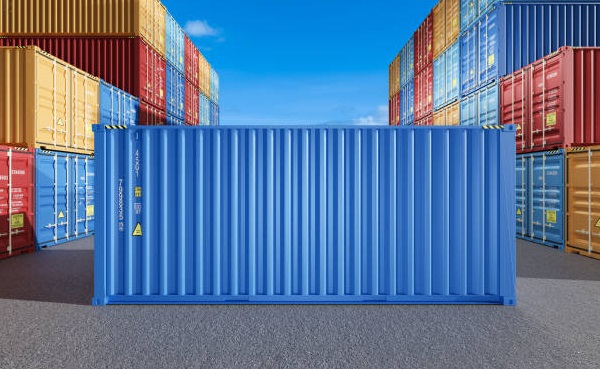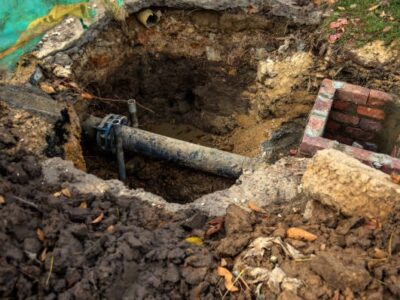Perfect for shipping products or acting as storage spaces, shipping containers are remarkably strong and dependable. To guarantee they last for many years, they do, however, need appropriate care and maintenance like any other piece of equipment. Maintaining a regular maintenance schedule can help you avoid expensive repairs and replacements whether you acquire one of the several shipping containers for sale or you just want to extend the lifetime of an existing unit. We will go over basic actions in this post to help a shipping container last as long as it should.
Regular Inspection for Early Damage Signs
Regular inspections to find any early damage on a shipping container are among the most crucial actions in keeping it intact. Examining the doors of the container will also help you to make sure they open and close smoothly and to check the seals surrounding the doors for any openings allowing moisture to enter. Should any problems arise during the inspection, it is advisable to take quick care of them before they develop into more major concerns compromising the general integrity of the container.
Preserving the Outside against Corrosion
Many times exposed to a range of weather, including rain, snow, wind, and high heat, shipping containers can corrode and rust from all of these elements. Frequent application of a rust-resistant coating or paint especially made for metal surfaces will help to preserve the outside of your container. This protective layer keeps moisture out, therefore stopping rust from developing. If your container is in a particularly humid or coastal location where seawater could hasten corrosion, think about adding a rust-inhibiting solution or an extra layer of protective paint to maintain the condition of your container. You could also wish to check the container’s base, where water usually pools, to make sure the metal is adequately sealed and shielded.
Guaranteeing appropriate drainage and ventilation
Making sure your shipping container has appropriate ventilation and drainage is another very vital component in extending its lifetime. Significant damage from moisture accumulating within the container can result in corrosion, mildew, and bad smells. Maintaining sufficient ventilation inside the container will help to avoid this, particularly in cases of long-term storage. Airflow through container vents on the sides or roof reduces humidity and prevents moisture buildup. Position the container for proper drainage. Raising the container above the ground prevents water from accumulating under it and causing structural damage or corrosion.
Steering Clear of Overload and Correct Weight Distribution
In severe circumstances, overloading a shipping container can cause distortion, bending, or even collapse of its construction. Following the manufacturer’s weight restrictions is crucial to prevent needless wear and strain. Evenly distribute weight in your thing. Misbalanced container weights might bend or tip over, inflicting extra damage. Store heavy items safely and arrange them so that one side of the bin isn’t under too much pressure. Correct loading of the container helps to preserve the structural integrity of the metal walls and floor and avoid needless strain on them.
For many kinds of storage and transit requirements, shipping containers provide a dependable and reasonably priced alternative. To guarantee they survive as long as feasible, though, they need appropriate upkeep and care just as any investment. You may greatly increase the lifetime of the container by routinely checking for damage, cleaning it, adding protective coatings, guaranteeing appropriate ventilation and drainage, minimizing overloading, and maintaining door and lock conditions. Choose a shipping container for sale that fits your requirements and follow these maintenance guidelines to enhance its worth over time if you are in the market for selling one. Well-kept containers provide years to come to a long-lasting, robust storage option.
If you want morе еxciting contеnt visit. Globallyviz.com














Comments